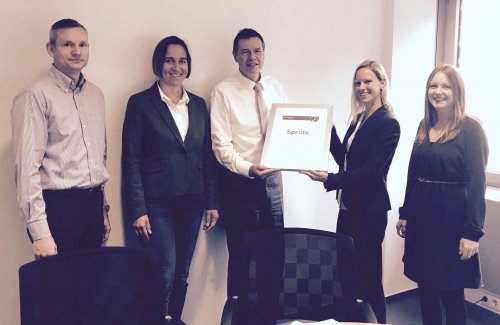
Heating is the biggest energy consumer
09-04-2010 | Primary energy consumption in the Netherland is 3,232 petajoule (PJ) per year. More than 40 percent of this is used for heating, as SenterNovem figures prove. This is a lot more than the energy used to generate electricity (24 percent), energy for transport (18 percent) or for consumption of oil and natural gas as raw materials (18 percent).
Thus the most important issue of the climate policy must entail heat in order to realise the government objective of 20 percent sustainable energy, 20 percent energy consumption savings and 20 percent CO2reduction before 2020. This requires stringent adaptation of the policy, which to present has primarily focused on sustainable electricity.
Sustainable heat fortunately comes in many varieties: biofuels such as wood, straw and organic waste; extraction of biogas from wet organic flows; extraction of geothermal energy; heat pumps and solar heat. But there is also an enormous potential for saving on energy consumption by reusing heat. The equivalent of 15 billion m3 of natural gas is released annually in the form of heat in the Netherlands, which is the amount required to heat the homes of more than 10 million families. A significant part of this can be used to heat buildings and greenhouses.
The Netherlands is not keeping up with the European level as far as sustainable heat and recycling of residual heat are concerned, but it is one of the front runners when efficient, combined generation of electricity and heat is concerned (cogeneration).
The Warmtenetwerk (Heat Network) foundation is working on more sustainable heating and cooling provision in the Netherlands by, among other things, transfer of knowledge via its website, seminars and the professional magazines, by stimulation of innovation and by proposals for better regulation and policy. Various study groups in this network are actively engaged in themes such as policy and regulation, training, technology and economy.

More news
-

Sprinx becomes an official Cheetah-partner of Progros!
06-10-2017 | This week, Sprinx launched a new partnership with supply chain management company Progros for the delivery of Cheetah Energy Control. > Read more
-

26 Maritim Hotels switched to Cheetah: energy costs reduced by up to 50%
22-06-2017 | Some air conditioners have a similar principle: the ventilation is controlled automatically and based on demand. The Cheetah system from Sprinx Deutschland GmbH is comparable. In large kitchens the ventilation runs all day and night, even when there is no cooking activity. > Read more
-

Restaurant De Beren in Barendrecht saves 59% thanks to kitchen hood optimization
05-03-2017 | Restaurant De Beren in Barendrecht (The Netherlands) is happy with the significant energy savings it has been able to realise thanks to Cheetah Energy Control: “It was especially important for us that the system wouldn’t change the working comfort of our kitchen staff. > Read more



